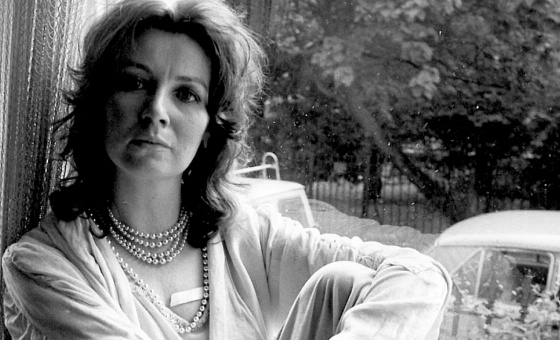This is the last article you can read this month
You can read more article this month
You can read more articles this month
Sorry your limit is up for this month
Reset on:
Please help support the Morning Star by subscribing here
The Young Durer: Drawing The Figure
The Courtauld Gallery, London WC2
5 Stars
The Renaissance in northern Europe truly came into its own with the emergence of Albrecht Durer in the early 16th century.
Painter, engraver, printmaker, mathematician and theorist, he was a prodigy with breathtaking skills and a revolutionary who liberated perception from the shackles of rigid late-medieval canons. These he replaced with rigorous observation and study of nature and the human body.
This deceptively modest exhibition is an inspired homage to his early formative years, revealing as it does a sublime artistic intelligence.
Born in 1471 in Nuremberg, Durer was one of many siblings. His father was a well-to-do goldsmith and he was expected to follow in his footsteps but an early recognition of his talents changed all that - perhaps encouraged by his godfather Anton Koberger.
He was Germany's most successful publisher of the time who in 1493 brought out the famous Nuremberg Chronicles which, with nearly 2,000 woodcut illustrations, was Europe's first encyclopedia.
The young Durer avidly studied his own body and features, which he meticulously sketched, leaving superb ink and pen drawings that he would later employ in his engravings and woodcuts. They continue to inspire awe with the sensitivity of their craftsmanship and striking, complex psychological insights.
His delightfully observed and unconventional Self-portrait, drawn when he was aged 19, reveals a young man looking the viewer directly in the eyes - perhaps with a whiff of melancholy - with a bulging cheek under his right eye pushing up the hand his head rests on.
This combination of "head resting on hand" is further explored to stunning effect in the Study Of Sleeping Man - a side view in which the foreground is taken up by the masterly drawn hand - and the exhibition's piece de resistance, the breathtaking informal sketch of his wife My Agnes (Frey). The later, effortlessly and rapidly executed, mesmerises with the affection invested in the captured moment and the utter modernity of line.
Elsewhere, the eyes of the semi-naked figure in Youth Kneeling Before An Executioner - modelled on Durer himself - are lowered but the fully dressed executioner watches our reaction from behind the condemned. His left hand holds the youth's left shoulder, perhaps in a calming gesture.
Such perception of human anatomy has a uniquely edifying quality.
Not in vain did Durer's illustrious contemporary - the Dutch social critic and humanist Erasmus of Rotterdam - laud him for his ability to express "the whole mind of man as it reflects itself in the behaviour of the body."
Runs until January 12. Box office: (0844) 4999-999





